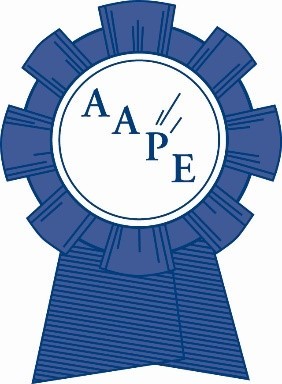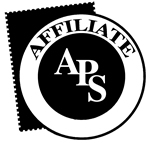How To Construct A Title Page (STAMP SHOW 2005) |
||
| I. PURPOSE OF TITLE PAGE | ||
| A. INFORM VIEWER WHAT HE IS GOING TO SEE & TYPE OF EXHIBIT (eg: PH, SS, etc.) | ||
| B. INFORM VIEWER BRIEFLY OF BACKGROUND/HISTORICAL VIEWPOINT | ||
| 1. Briefly fills in possible gaps necessary to understand exhibit subject | ||
| 2. Informs viewer purpose of the exhibit | ||
| 3. Introduces viewer to the wonder of your subject | ||
| C. BE BRIEF, SHOULDN�T TAKE MORE THAN A MINUTE TO READ | ||
II. STRUCTURE OF TITLE PAGE | ||
| A. TITLE OF EXHIBIT | ||
| 1. Make sure viewer understands what the exhibit is about | ||
| 2. Define the boundaries of exhibit as much as possible within title | ||
| B. BACKGROUND | ||
| 1. Briefly give the viewer enough historical information to understand what story of exhibit is | ||
| 2. Briefly give viewer enough background to want to view exhibit | ||
| 3. Briefly give subject life and charm, if possible (make story compelling) | ||
| C. STRUCTURE OF EXHIBIT | ||
| 1. Discussion of components, what is and is not present | ||
| 2. Explain keys to understanding exhibit (important items, etc.) | ||
| 3. Items to look for (if appropriate) | ||
| D. EXHIBIT PLAN | ||
| 1. Outline exhibit in natural breakdown of subjects (as per running headings) | ||
| 2. Particularly critical in thematic exhibit (generally separate page required) | ||
| E. PHILATELIC ITEM/ILLUSTRATION | ||
| 1. Use eye-catcher item that will not detract from continuity of main story or flow | ||
| 2. If appropriate, place map or illustration as aid to better understand exhibit | ||
| 3. No limit or boundaries to what is allowed, but use space wisely | ||
HELPFUL HINT: | ||
| It maybe helpful to have additional title pages within exhibit (think of section headings in a text book) | ||
| 1. Will improve treatment of subject particularly in eyes of judges | ||
| 2. Assists in flow of story (you always know where you are in exhibit) | ||
| 3. Makes viewing easier and more educational | ||
Tim Bartshe & Harvey Tilles | ||

American Association of Philatelic Exhibitors
